

Sotheby’s auctioned a dinosaur fossil for $30.5 million on Wednesday. The auction house had last month projected an estimated value of $4 million to $6 million for the juvenile Ceratosaurus, a carnivorous reptile that prowled North America 150 million years ago.
The company announced the sale on its X account. The sale price followed eye-watering sums paid for dinosaur skeletons in the public market in 2020 and 2024.
The ceratosaur roamed the floodplains of what is now the American West about 90 million years before non-avian dinosaurs were driven to extinction. It is distinguished by its thin nasal horn and dagger-like teeth. The auctioned specimen was discovered by private fossil prospectors in 1996 near Bone Cabin Quarry, Wyo., and is only the fourth Ceratosaurus skeleton ever found. It is also the only juvenile, with the mounted skeleton standing just over six feet tall and nearly 11 feet long. A notable selling point was its complete, delicately preserved skull.
The ceratosaur had a winding road to the auction block. First acquired by the Museum of Ancient Life in Utah, it remained as an unmounted public display until 2024. The nonprofit museum then removed it from its collection and sold it to Brock Sisson, a former employee who is now a commercial paleontologist. His company mounted it and brought it to Sotheby’s for auction.
Mr. Sisson did not reply to a request for comment.
The bidding for the ceratosaur lasted six minutes and involved six bidders competing in the room, online, and over the phone, said Cassandra Hatton, vice chairman and global head of science and natural history at Sotheby’s. The final price climbed over seven times its low estimate before selling to a client on the phone. Sotheby’s has yet to disclose the identity of the winning bidder.
The dinosaur’s price made it the third-most-expensive fossil to sell at auction. The high-water mark was set last year by Sotheby’s sale of the stegosaur “Apex,” which sold to the hedge fund billionaire Kenneth Griffin for $44.6 million. Earlier in 2020, “Stan,” a Tyrannosaurus rex skeleton, sold at Christie’s for $31.8 million.
“We knew that it’s rare, that it’s important, that it’s incredibly high quality, so I’m not surprised at all that it did so well,” Ms. Hatton said.Other dinosaur fossils offered at today’s auction also sold for high prices: an articulated T. rex foot mount and a largely complete Pachycephalosaurus skull both went for roughly $1.7 million. Sotheby’s also recorded a sharp increase in the number of people registering to participate in the auction, Ms. Hatton said, suggesting rising interest in private fossil sales.
“I’ve had so many people who’d started off in this market who completely stopped because they’d been burned,” Ms. Hatton said, citing examples where specimens offered at auction were misrepresented. “A lot of those people who were excited years ago and got turned off are coming back.”
Andre LuJan, the president of the Association of Applied Paleontological Sciences, a trade group, said the high price of the auction could create financial challenges for commercial paleontology operators, a community his association represents. Private landowners, he said, may charge higher prices for leases on sites where fossil digs occur.
“This is basically validating the high prices of the fossil market,” after the Apex sale, Mr. LuJan said. He added that it “would squeeze museums that want to work on private land and make a deal with the landowner.”
Reflecting on the ceratosaur’s journey from a museum collection to the auction block, Mr. LuJan said he also worried about the precedent the auction might set.
“Are museums going to look at these fossils from private lands as a potential cash cow?” he asked. “This was something that was accepted by everyone as hallowed ground, and now it’s been desecrated.”
The Sotheby’s representative disagreed with the characterization.
“This dinosaur was in a privately held institution for 30 years. It was not studied at that institution,” Ms. Hatton said, noting that the specimen’s buyer intends to loan it to a museum. “There is now perhaps the opportunity that it will be studied.”


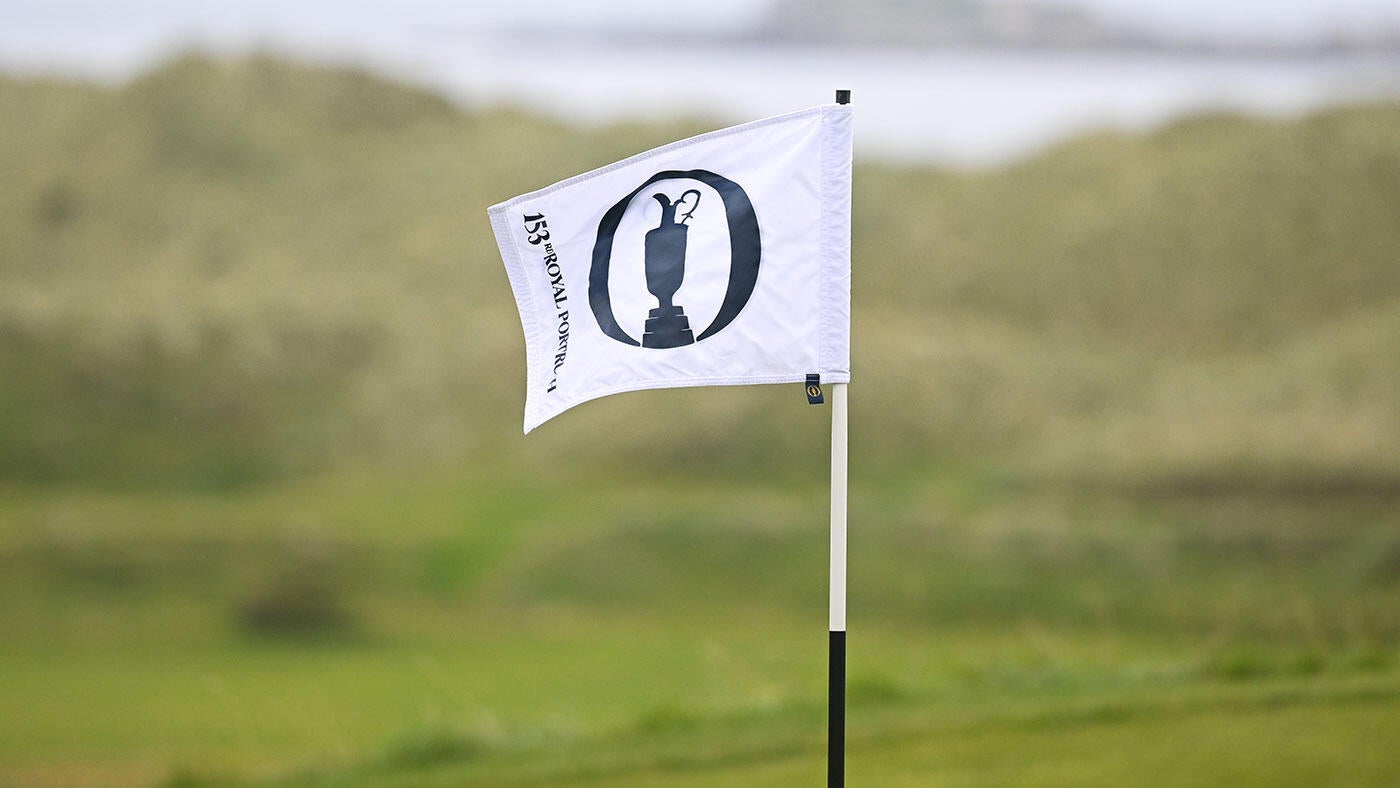
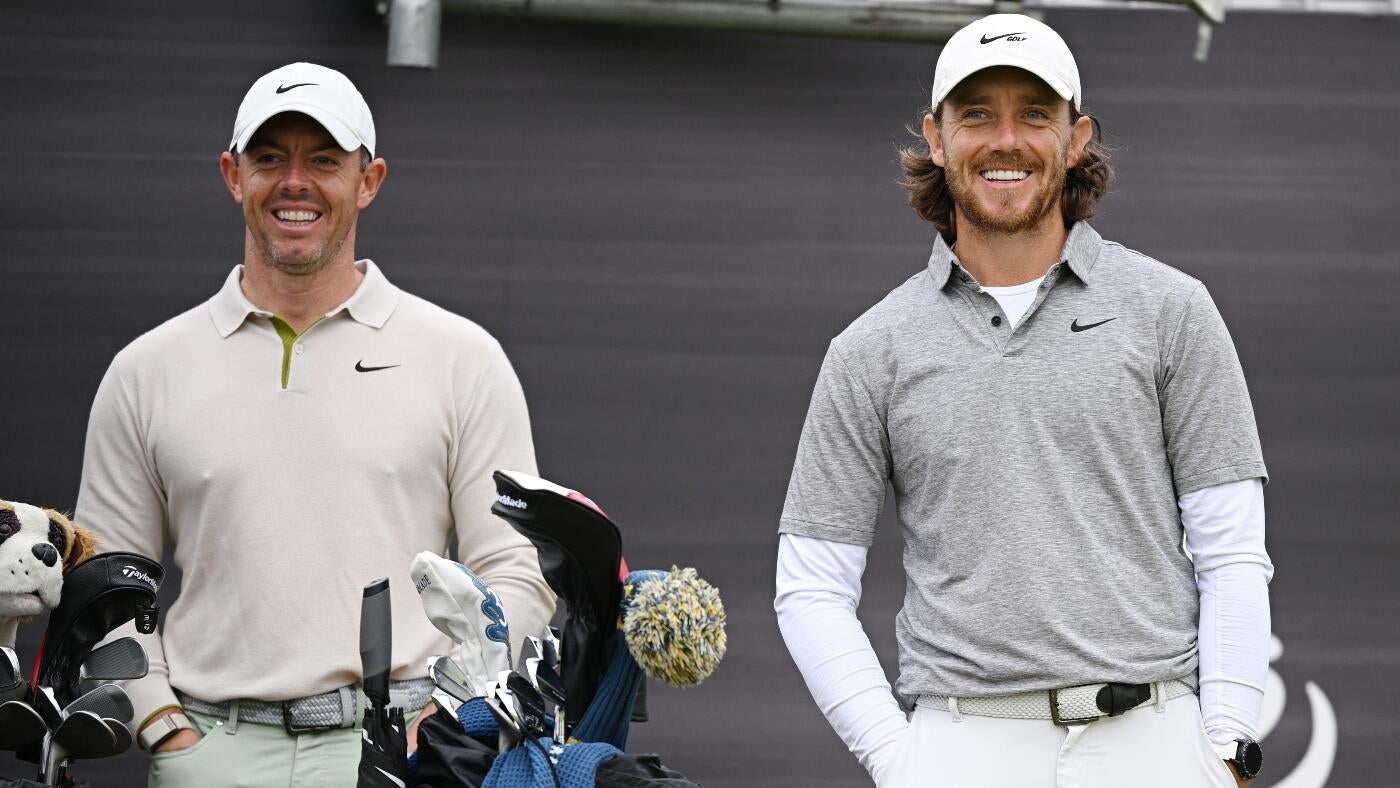

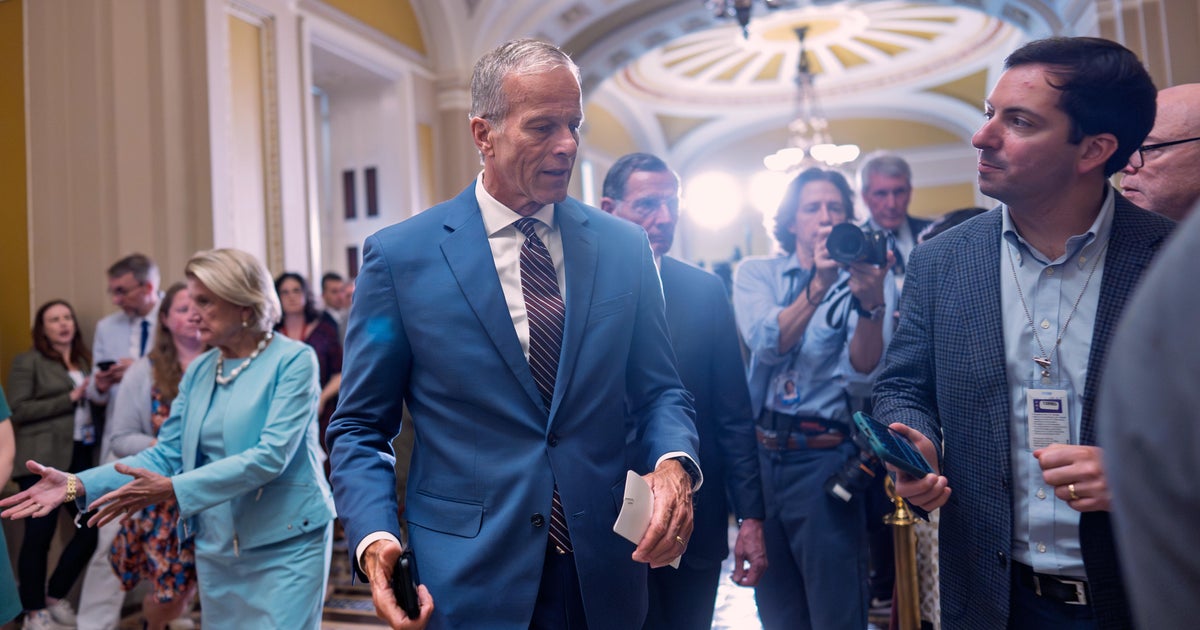
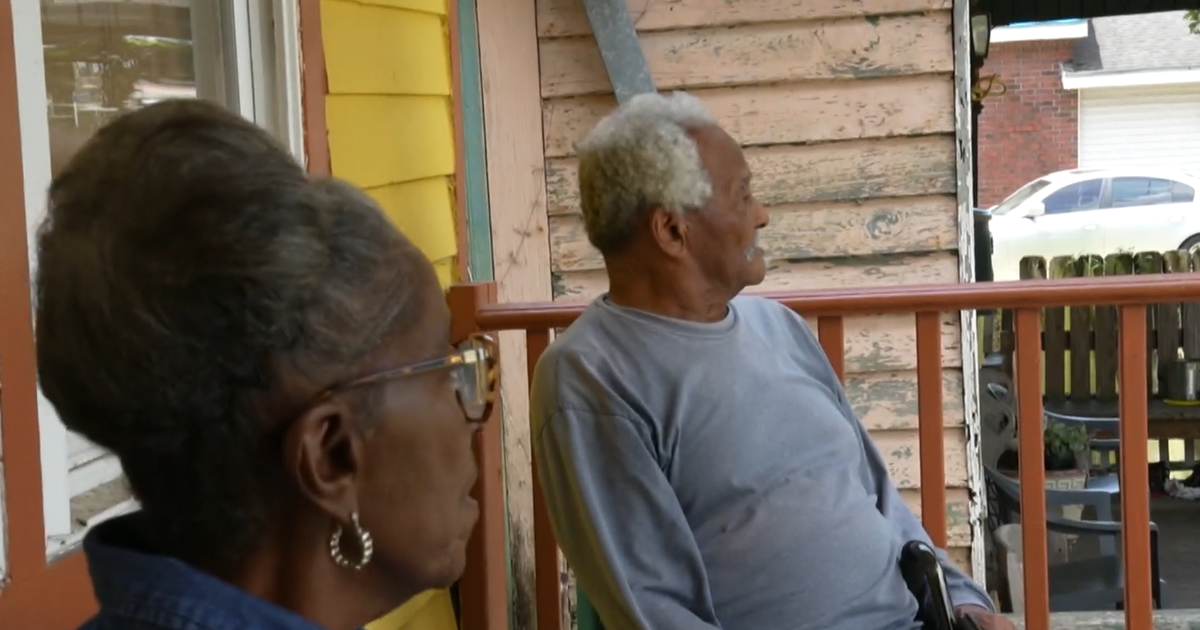

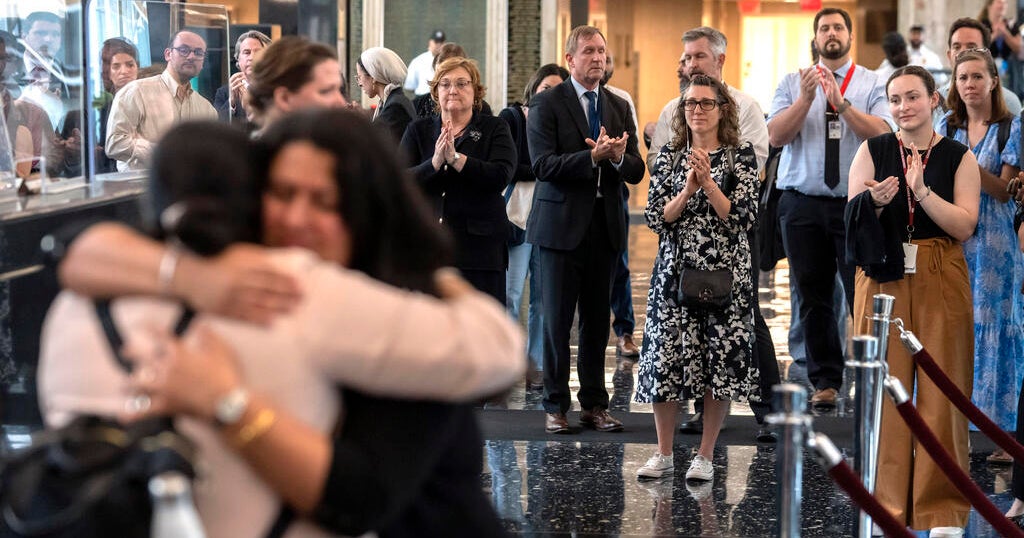
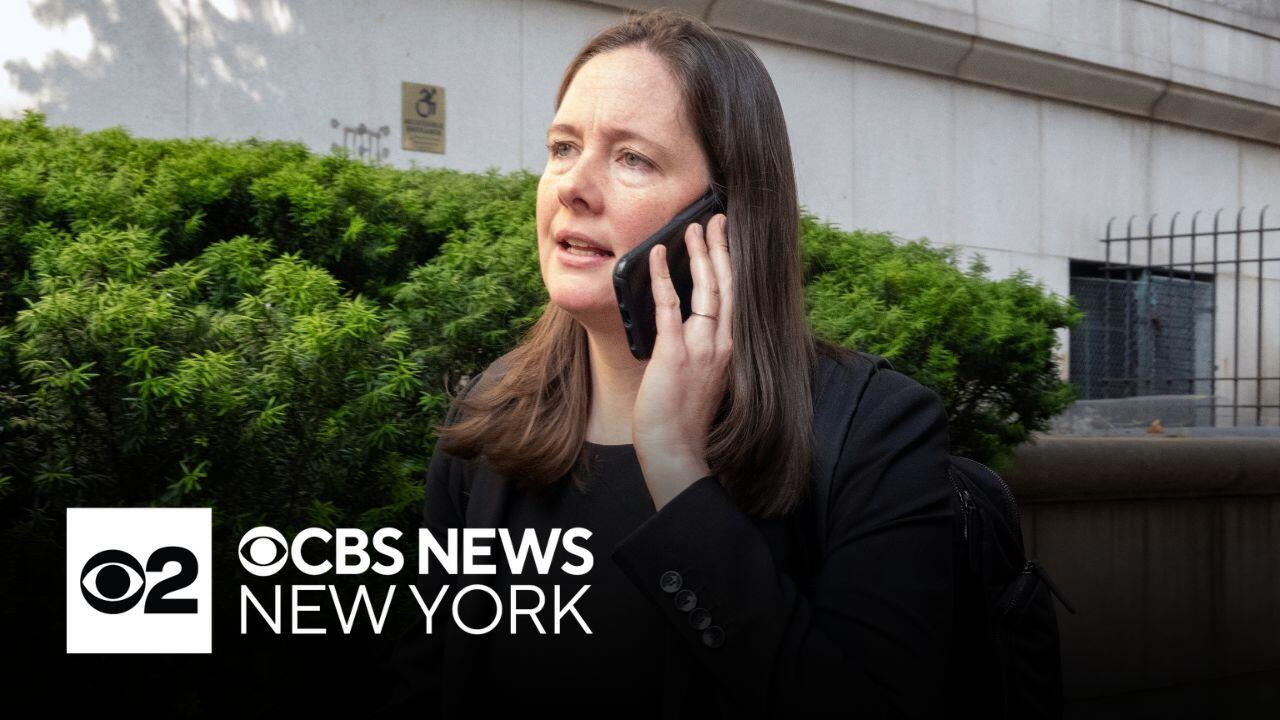
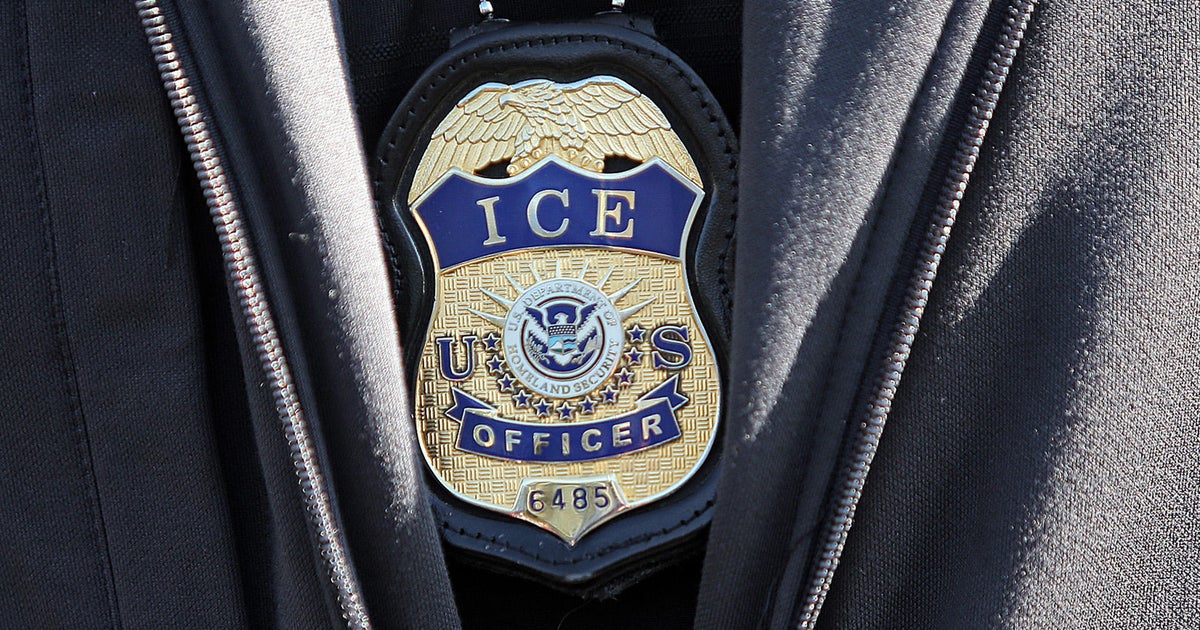
-3.png)



